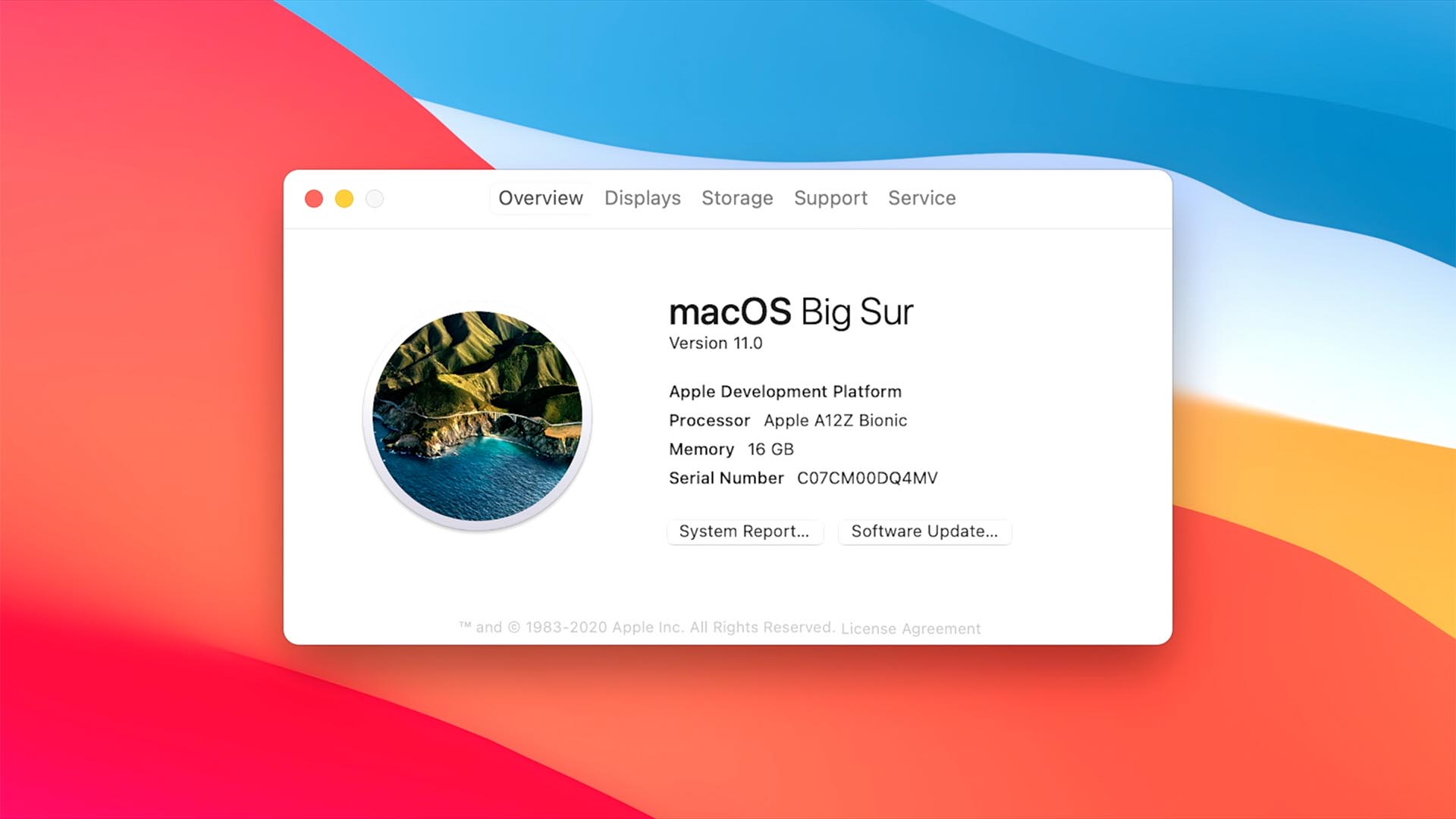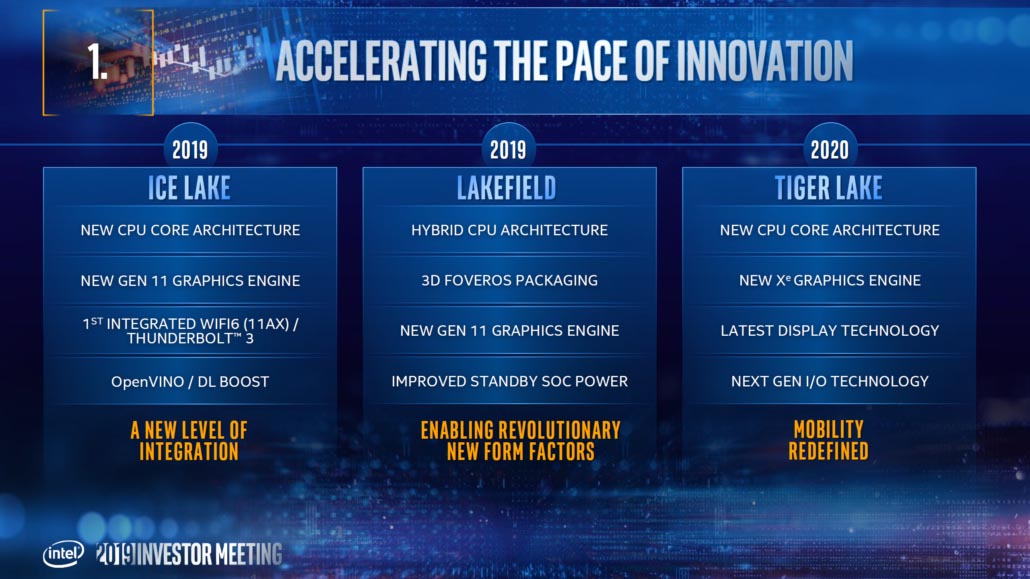At WWDC 2020, Apple announced the largest event in the world of computers in the past few years: the company is going to completely switch to its own processors (it would be more correct to call them “system on a chip”, but we will omit this moment for the next analysis) in the entire line of computers.
The scale here lies not in changing the logo of the processors, but in changing their architecture: from x86 the company will switch to ARM. And this means that all applications will have to be rewritten from scratch, as well as deal with how macOS will work on such systems.

Later we will definitely explain why Apple made such a decision, which seems controversial to many. There are indeed questions, since nowadays very few people have an idea of how exactly the macs on ARM will work.
It seems to many that the power of the processors for the iPad Pro will be close to what will be installed in the future MacBook Pro or the conventional iMac, which, of course, is not the case. Although the first Developer Transition Kit released specifically for developers is, in fact, a Mac mini with a processor from the iPad Pro (2020).
Intel representatives decided to support the doubts of some users and added fuel to the fire. They did this with the statement:
Intel is focused on providing the most advanced PC technology and a wide range of technology solutions that redefine computing. We believe Intel-based PCs, including our upcoming Tiger Lake mobile platform, provide global customers with the best experience in the areas they value the most. Among them is the most open platform for developers both today and in the future.
I am slightly discouraged. This statement looks a little odd. It seems that Intel has become Luntik and this: “I was born.” For them, Apple’s announcement looks like the news they first heard yesterday. Although back at WWDC 2019 Apple presented Catalist, a project with which an application made for iOS / iPadOS can be easily ported to macOS. And rumors about the refusal of Intel services have been circulating for two years already:
Note: The text came out in April 2018. And even approximate dates were named there – the first computer on ARM in 2020. At WWDC 2020, the company announces that the first devices will ship by the end of this year. Everything is within the roadmap!
And the statement sounds quite interesting, given the fact that Intel has postponed a large-scale transition of its processors to a 10nm process technology for several years in a row. Even Tiger Lake processors will run on the 10+ process technology, that is, some of the models will actually be built on 10 nm, but the vast majority will most likely be 12 or more nanometers. At the same time, Apple A14 is expected to be released this fall. And it’s built on a 5nm process technology.
The number in front of the nanometer is the size of the transistor. The smaller the transistor, the more will fit on a board of the same size. This translates into more power per watt in processor power consumption. That is, roughly speaking, the smaller the technical process, the more powerful the processor will be. This dependence is not direct, but usually it takes place. This includes Moore’s law, which states that the number of transistors doubles every 1 months.
And I’m missing out on the fact that Tiger Lake was first talked about back in 2016. And then, according to rumors, the Santaclarinians hoped to release it in 2019. But already the middle of 2020, and it is still the future.

On the other hand, it may seem to some that Intel’s policy of slowness is justified: it is better to work out a technology than to rush into technical progress. And here it is already unclear how Apple will be able to make a complete transition in two years, the countdown of which has already begun. However, it is worth remembering the events of 15 years ago, when the company ditched the PowerPC processors based on RISC architecture in favor of Intel processors based on the x86 architecture. That transition was painful, but not many people remember it anymore.
Also during the presentation, Tim Cook said that the transition will be as smooth as possible: in addition to computers on ARM, there will also be Macs based on Intel solutions. But in two years, the transition will be fully completed.





